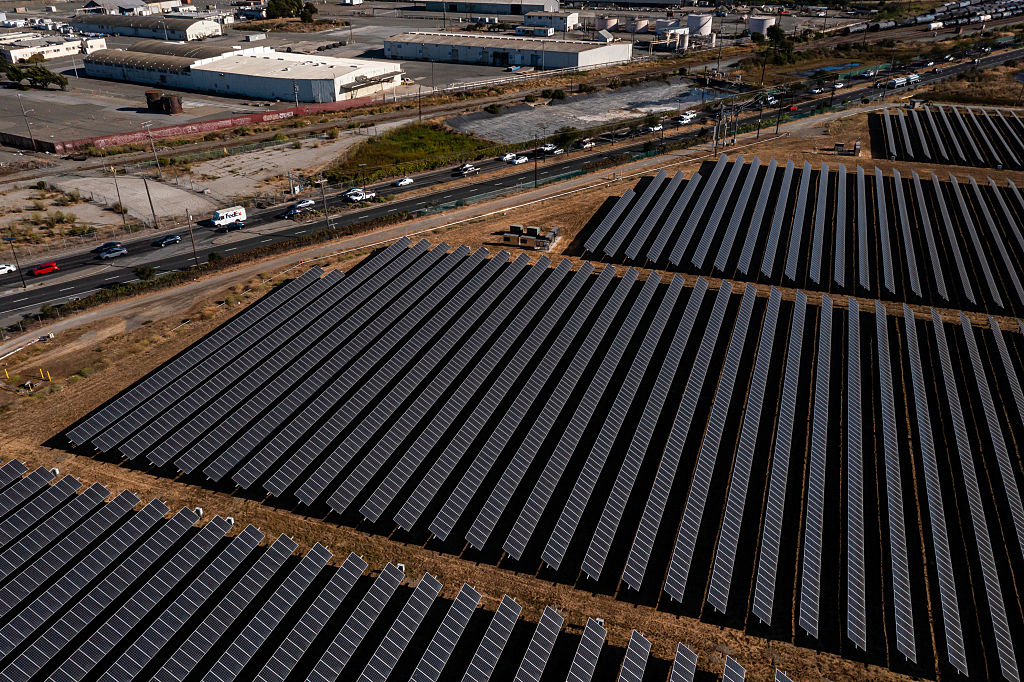For the first time this year, the Federal Reserve cut interest rates this week. As it typically does, the highly anticipated move has helped deliver a boost to stocks this year. Of course, the Fed isn’t thinking about climate policy as it sets rates. Indeed, it has actively avoided talking about it under the current administration. Nonetheless, monetary policy has become a powerful yet underappreciated tool for advancing clean energy.
[time-brightcove not-tgx=”true”]
In ordinary times, a rate cut would be a particular boon to clean energy companies. It seems like almost every year the news gives me an opportunity to write about the connection between rates and clean energy buildout. In general, lower interest rates benefit growth-oriented, long-horizon investments. Renewable energy companies and their projects—largely, wind and solar farms—tend to fit that profile. They require a lot of upfront capital and relatively low long-term operating costs. Fossil fuel infrastructure, on the other hand, requires continual fuel purchases.
Interest rates often feature prominently in the financial disclosures of clean power companies. And these firms do whatever they can to mitigate the risk posed by higher rates using complex financial instruments like swaps, in which a developer might agree to “swap” a floating interest rate on its debt for a fixed one with a bank to lock in predictable payments even if market rates swing. It is not a coincidence that renewable energy has expanded rapidly during recent periods of near-zero interest rates. In the 2010s, for example, solar capacity in the U.S. grew dozens of times over.
Undoubtedly, the Fed’s move will provide a tail wind to clean energy investments as potential projects benefit from better economics. But this time around there is less cause for celebration than there might have been just a year ago.
As I wrote earlier this month, the Trump Administration has sought to slow renewable energy deployment beyond simply cutting subsidies with a full frontal assault on the industry. The administration has centralized permitting, with the implicit goal of halting projects, and even gone so far as issuing stop work orders to projects already underway.
That assault is already having a concrete chilling effect on the market. A recent report from American Clean Power, the primary trade association for the renewables industry, shows a flatlining in renewable energy deployment over the equivalent period last year. Some companies and projects with favorable economics will find a way to hold on through this period of extreme uncertainty. After all, demand for power is growing rapidly in the U.S. and clean energy—particularly solar power combined with storage—remains an attractive proposition in many places.
The Fed has received a lot of attention from climate advocates for how it has engaged in these policy discussions. During the Biden presidency, the Fed joined the Network for Greening the Financial System, a coalition of central banks trying to accelerate sustainable finance. It then promptly left the group just before Trump’s inauguration in January. But, in a way, the Fed’s biggest climate impact may come through its day-to-day work setting rates and trying to control inflation.
With this work, the Fed has just given clean energy companies a gift. The Trump Administration will determine if and when clean power companies can actually accept it.
To get this story in your inbox, subscribe to the TIME CO2 Leadership Report newsletter here.

